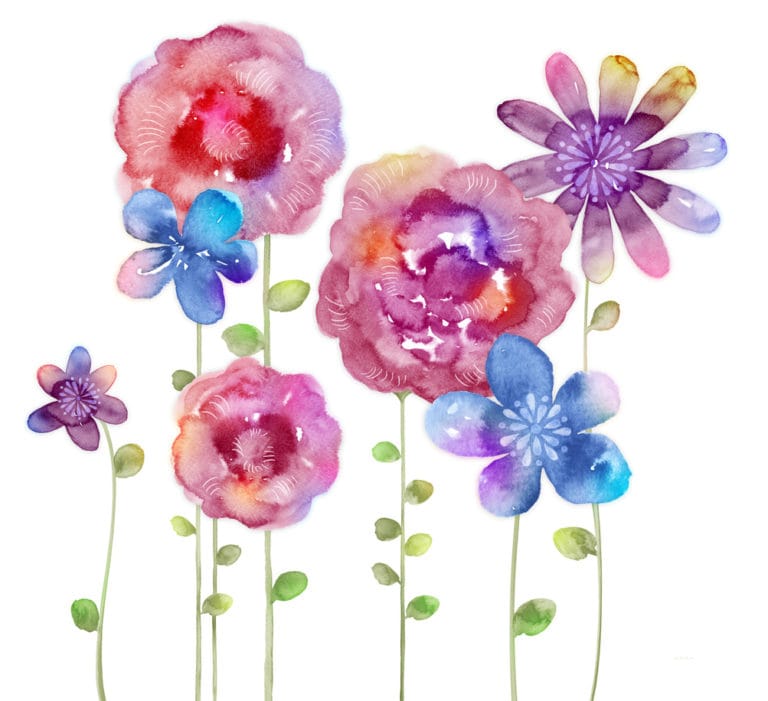Unlocking heart-centered wisdom: How metaphor transforms our understanding and creativity

A hundred years ago, Rudolf Steiner observed that humanity’s greatest challenge in the coming age would be learning to allow the heart to teach us to think in a new way. While the mind tends to observe from a safe, analytical distance, the heart seeks a deeper relationship with the world. The heart learns through intimacy, compassionately “feeling into” whatever it engages with.
In my work with metaphor, I have come to understand that metaphoric knowing is a profoundly intimate way of knowing. Metaphor invites us into relationship with whatever we seek to understand. As St. Augustine aptly said, “A thing is recognized only to the extent it is loved.” Similarly, Johann Wolfgang von Goethe wrote, “People cannot learn what they do not love.” True knowing requires more than detached analysis—it demands love and intimacy. Through the feeling dimension of metaphor, our hearts guide us to think and know in entirely new ways.
Metaphor, I’ve discovered, is much more than a linguistic device. It is a portal to another realm—a dimension that is real, alive, and accessible when we step into it.
In his book Dynamics of Time and Space, Tarthang Tulku illustrates this idea beautifully:
“Suppose we could take hold of something very small by the edges and gradually stretch it out so that it became larger. For instance, we might start with a cell from the body, gently pulling on it so that after several minutes it was a few inches across…. If we continued in this way until the cell was several miles in diameter, what would we see when we looked at the original point from which we started? Would there be anything there? Would there perhaps be an associated field of energy, with a distinctive feel?”
Tulku’s imagery suggests that as we “stretch” something, like a cell, it can become large enough for us to feel its energetic presence. Similarly, when metaphoric images are expanded, they grow big enough for us to step into and experience their powerful, felt sense.
In my Doorway sessions, when we allow our hearts to intimately engage with the metaphoric image that arises, something extraordinary happens: the image expands, and its presence becomes palpable. Here is an example of a message that came through during a session:
“I am [the image]. I would like to expand out. You have seen me now. You know that I exist. Thank you. Now let me expand. I am not something you can figure out, like a tool in your toolbox. I am not that. I am something you will enter—a new space that you will enter. Enter me now. Imagine being inside of me. What will you do inside of me? You have to feel me first before you will know what to do. Feel into me. Let the cells of your body know me. I’m a new space for you.”
Feeling is the bridge that connects us to the potent creative forces of the Universe. By stepping into metaphoric images, we enter a realm of profound sensory knowing—a dimension where we can feel and intuit truth in ways the rational mind cannot grasp.
Tulku explains further:
“…the expanded world of ‘nothing at all’ and the ordinary world of substance coexist. The difference between them is not one of sequence, but of scale and perspective. If we look from the usual perspective, we see solidity; if we look from an ‘expanded’ perspective, substance gradually grows more attenuated, eventually arriving at a final stage that is open and empty.”
From our usual perspective, it’s easy to believe that what we see is all there is. But when we shift our perspective, new dimensions of aesthetic and creative energy reveal themselves. In the metaphoric realm, we can “shape-shift,” becoming infinitely small or large, accessing spaces and fields of energy that were previously hidden.
Why does this matter? Because the feeling dimension of metaphor opens up a profound way of learning and knowing, one that connects us deeply to the creative forces of the Universe. By engaging the heart’s capacity to feel, we enter a realm of possibility and insight that transforms how we see the world.
And when our perspective changes, everything changes.





